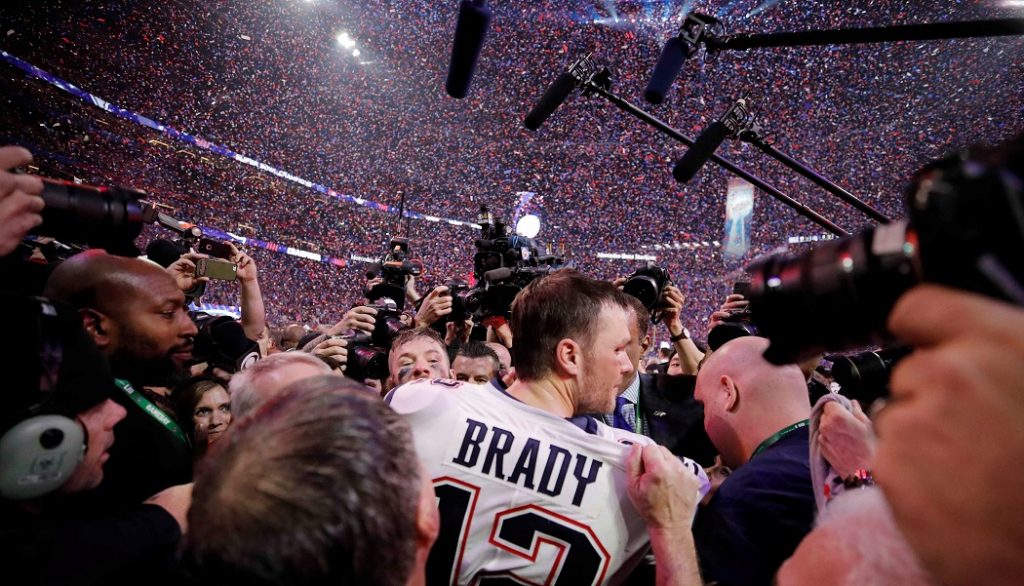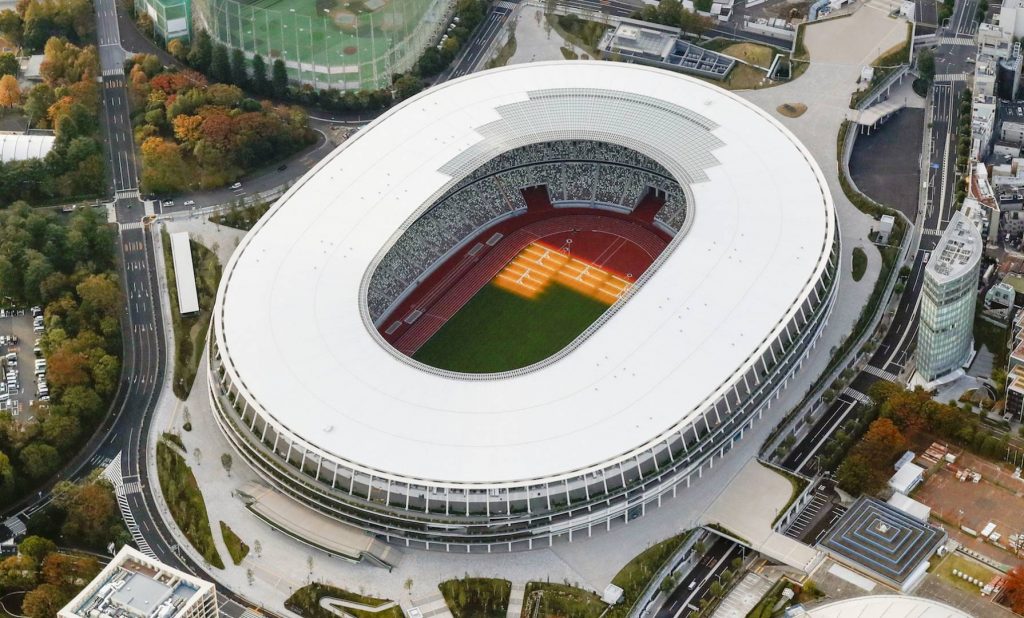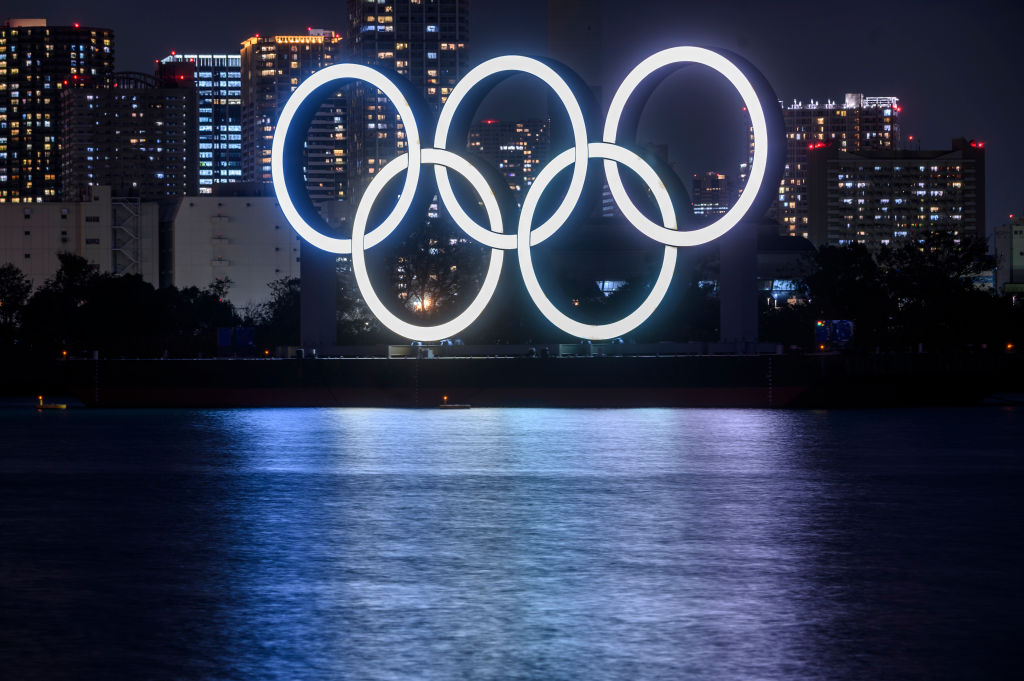Tokyo’s Unstoppable Games – The Critical Success Factors Behind The Games Of The Century To 2028
August 20, 2021
Olympic Games adviser Michael Pirrie looks at the unprecedented challenges of the Tokyo Olympic Games and the solutions that organisers relied on to deliver the world’s biggest event that many thought impossible in a global pandemic.
After a prolonged hiatus, the IOC and Japanese Government decided the show must go on, and indeed it did. Despite pre-show jitters, Tokyo 2020 was the biggest and most successful gathering of nations and territories since the pandemic shut the planet down.
Tokyo 2020 avoided the doomsday scripts and scenarios and brought jolts of joy to the world. Orphaned and unwanted in a host nation fearful and unsure, Tokyo’s Games had a positive impact on the world.
This was the biggest display of human achievement since Covid weakened the planet but not the spirit of sport and the world’s best athletes.
Sport competed with the pandemic for the world’s attention during the Tokyo Games as Olympic news went viral, newspapers printed special editions and television constantly replayed Olympic highlights.
The Games generated global admiration and applause for the athletes and gratitude also for the host nation. Pride too, humble and hidden, in homes and hearts across Japan on high alert before the Games.
COUNTERING COVID
Tokyo’s success required extraordinary planning which might have seemed at times more like an article of faith. The rapid global spread of highly infectious Covid variants at the start of the year meant that Tokyo 2020 would never be a zero risk environment.
The implementation of proven, cautious personal and public health measures kept infection numbers to a minimum amongst Games participants. Biosecurity bubbles were safer for athletes than conditions in their home countries, despite the virus surging in and around greater Tokyo.
The Games is now being analysed by governments, public health experts, epidemiologists, and city planners to gain a better understanding of possible strategies for living with Covid on and off the sporting field.
While most attention has focussed on the performances and welfare of front line athletes competing under a state of emergency, Olympic organisers and teams played pivotal roles behind the scenes.
TOKYO HAD IT ALL
Tokyo was an unparalleled global planning operation involving 205 Olympic nations and territories engulfed by the pandemic.
It had it all – everything and everyone from gold medal twins, a knitting diver, pre-teen table tennis prodigy, triplets, transgender athletes, a high jumping diarist, lost bear, marriage proposals, airport asylum and dramatic defections, medallists and athletes who had recovered from cancer, brain trauma, spinal impairment, mental illness, bullying, eating disorders and, of course, Covid.
Tokyo had athletes who have now lost their home nation to Taliban invaders, and an equestrian who shares a surname with one of the world’s biggest rock stars, prompting a global conversation about which song might accompany Jessica Springsteen on her show jumping routines. Contenders included, Born to Jump, The Rising, or She’s The One. These were stories the world was longing for.
The high standard of organisation was evident from the start, it was an opening ceremony that acknowledged a world in grief with respect and restraint, avoiding contrived Wow moments conjured from the Disney playbook.
There was authenticity too, recognising the vital role of sport in the making of modern Japan.
This was evident when legendary Japanese baseball icon Sadaharu Oh – who holds the world lifetime home run record – stepped forward from the shadows lifting the Olympic torch as a beacon of hope in the final stages of an epic relay many thought might never reach the cauldron.
He also lifted the spirit and mood of Japan. I vividly recall Oh once telling an audience in Tokyo that baseball helped to rebuild Japan after the Second World War.
The quality of planning for the Games continued through to the closing ceremony, which transformed the stadium into a playground depicting scenes of daily life in Japan.
But this was no walk in the park. Tokyo 2020 was more like climbing Mount Everest than Mount Fuji. Bringing the world to the Games was an unparalleled international transport operation.
This involved coordinated arrivals and departures of thousands of athletes from across the globe with immoveable competition schedules and deadlines and many boarders and light paths closed and airline carriers grounded.
The Fijian men’s rugby team hitched a ride on a seafood cargo plane to successfully defend the nation’s first gold medal from Rio.
OLYMPIC SPORT’S MOON LANDING
The organisers delivered a Games environment that reflected the enormous diversity, drama, and uncertainty of sport and life on a fragile planet
Countering Covid was like landing sport on the moon. The competition programme was unprecedented. Sports filled Tokyo’s land, sea and air space.
Surfing and sailing at sea, rowing in Tokyo Bay, swimming in pools, running on tracks, sand and in the streets, and gravity defying gymnasts, high jumpers, high flying bike riders, horse riders, skate boarders, and cliff climbers hanging in mid air captivated everyone.
Keeping the record-breaking sports show largely on schedule required extraordinary coordination and implementation of planning for 10,000 athletes, teams and officials and 340 events across dozens of competition venues.
NO MARGIN FOR ERROR
This was equivalent to staging 33 world championships almost simultaneously or approximately five FA Cup or NFL Super Bowl finals every day for 16 consecutive days.

Everthing depended on Tokyo’s capacity to test, trace and isolate Covid amongst thousands of competitors and participants, and to address every operational and covid related issue instantly in venues and faciities across the city and country.
There was almost no margin for error over 16 long days and nights of competition and pre Games arrival and departure operations.
With the entire world watching, fearful of a peak outbreak, Japan and the IOC’s international brand and reputation was at stake every hour of every day of the Games.
SPORT’S MISSION IMPOSSIBLE
Tokyo’s great organisational achievement was to evolve a new Games model that enabled sporting magic to happen safely inside largely vacant venues in a mega metropolis engulfed by a modern day plague. Not easy.
This was sport’s mission impossible, accomplished by a forensic focus on the athletes. The athletes’ stories and performances transformed the Games narrative from imperilled and improbable to inspirational.
GAMES WITH HEART
Athletes performed at awe-inspiring levels with a plethora of Olympic, world, continental and national records, and almost always with humility, grace, courage and goodwill whatever their fate or outcome.
They reminded the world again of why it fell in love with the Olympics.
Polish athlete Maria Andrejczyk swapped her javelin for cupid’s arrow and touched the world with her gesture from the heart to raise money for an infant to undergo cardiac surgery.
“This silver (medal) can save lives instead of collecting dust in a closet,” she said, proving that even losing a gold medal can have many silver linings.
TOKYO’S CRITICAL SUCCESS FACTORS
Planning the necessary conditions for sporting magic to happen inside the venues drove preparations before and after onset of the pandemic.

Focussing on the athletes also meant addressing all safety, security, health and other issues impacting on planning for the Games.
“All of the plans to protect safety and security of athletes are based around worst possible circumstances,” said IOC vice president John Coates, in the countdown to the Games.
FAST TRACK, FAST POOL, FAST GAMES
The following factors were paramount to the success in Tokyo:
- Implementation and enforcement of proven Covid counter measures on a scale never attempted before at a global event. High levels of vaccination.
- The construction and operation of high performing venues that enabled athletes to perform at their best.
- Venues were designed and operated with infrastructure, materials, surfaces, spaces and staff to enable competitors perform at their best.
- A fast pool and fast track produced attention grabbing medal moments in swimming and athletics that spanned the Games and the world.
- Successful test events that trialled key biosecurity measures and venue infrastructure, technology, and operation.
- Japan’s home team success, which quelled public opposition and shifted support behind the Games.
Sports presentation and innovative event broadcast packages brought Olympic athletes and competition closer than ever to global viewing audiences.
The relationship between Tokyo organisers and leaders of the International Olympic Committee and Olympic community was fundamental to Tokyo’s success. The Japanese Government’s relationship with IOC President Thomas Bach in particular was vital, especially in maintaining funding and whole of government support.
This helped to maintain belief amongst athletes, NOCs and federations that the Games was still possible even as the pandemic surged and opposition increased.
The IOC’s oversight body, the Co-ordination Commission, was pivotal. Particularly the role of IOC Vice President and commission chair John Coates and commission members, including World Athletics President Seb Coe, was crucial to anchoring the athlete centred culture into planning for the Games.
As executive adviser on the London 2012 Olympic Committee, I remember Coe’s constant mantra, as our chairman, that we could never allow any shortcomings in our planning to diminish the experience or performance of the athletes.
Coates had earlier developed the ‘athlete first’ model for the Sydney 2000 Olympic Games and instilled this into Tokyo’s planning prior to the pandemic.
IOC Executive Director Christophe Dubi played a key coordination role across a number of vital areas, including the Games Playbooks around which the which formed the plan for the Games.
TOKYO 2.0
Rebuilding the Games around the athletes following the outbreak of the pandemic would take planning to the extremes. After nearly seven years of painstaking planning, a rebuild of the Games was needed almost overnight.
Tokyo’s venue operating plans, the foundations for the Games, needed to be redesigned in record time to counter a fatal virus that did not require an accreditation or security pass to enter the Games.
All Village, hotel and venue services and operations important for athletes, officials and national teams, had to be carefully redesigned, integrated and tested by Tokyo organisers and teams.
These included security, training, transport, technology, accommodation, catering and airport arrivals and departures
OPERATING THE GAMES
The Games time operating plan focussed on keeping infections to a minimum to keep the all important sports competition and broadcasting schedules on track, essential for Games revenues and IOC sports funding programs. Tokyo’s masking, testing, tracing and isolation mandates minimised infections, reduced exposure sites and kept venues open.
The dawn of the highly infectious delta variant at the start of the year was the single most important development that shaped final planning decisions for the Games.
Understanding how delta could infect and spread through movement inside, around and between Olympic facilities, venues, and Village was fundamental to protecting athletes and Tokyo residents.
New scientific understandings about the high reproductive rate and capacity of delta to infect through minimal contact were integrated into Games plans
VACCINATING THE GAMES
Due to a high number of infections amongst spectators and visitors travelling and attending the Euros along with low vaccination rates and surging virus in Japan meant domestic residents could not go to the games.
The games has an almost infinite array of moving parts and many of these had to be scaled back to reduce numbers and movements of participants inside Games bubble and entering the bubble to stop movement of the virus. Athletes also vaccinated themselves and the Games against the virus.
While vaccination was not a prerequisite for competition, efforts by IOC, Tokyo organisers, NOCs, IFs and governments resulted in up to 80 per cent of athletes, media and other groups achieving vaccination for the Games.
This proved a major defence against the virus and played a key role in combination with other counter measures in limiting spread and transmission through casual contacts in Games bubbles.
Never has a sporting event been so relevant to its times like Tokyo, pointing to the increasingly complex geopolitical realities of sport inside and outside the bubble.
While US President Joe Biden has described sport as the most unifying activity on the planet, Chinese athletes wore Mao pins in Tokyo, inspired by leader Xi who has referred to sport as ” the epitome of a country’s strength and civilisation.”
Meanwhile, a baby abandoned 20 years ago under China’s former one child policy won the first gold medal of the Games for her adopted home nation of Canada, beating a Chinese swimmer to the touch pad.
CONCLUSION
Sport cannot solve the world’s problems but it can help to highlight what is important in communities and cities.
The Olympic athletes in Tokyo made the world feel more positive and confident about finding possible solutions to personal problems and problems afflicting the wider world. Athletes gave short counselling sessions in the mixed zone.
“I think people maybe feel bad for me that I’m not winning everything, said US swimming icon Katie Ledecky, “but I want people to be concerned about other things that are going on in the world, people that are truly suffering.”
One of the world’s most acclaimed athletes, multiple Olympic gold medal US gymnast, Simone Biles, who came back to win a bronze medal after withdrawing from competition following mental health concerns said “Let it go and move on.”


